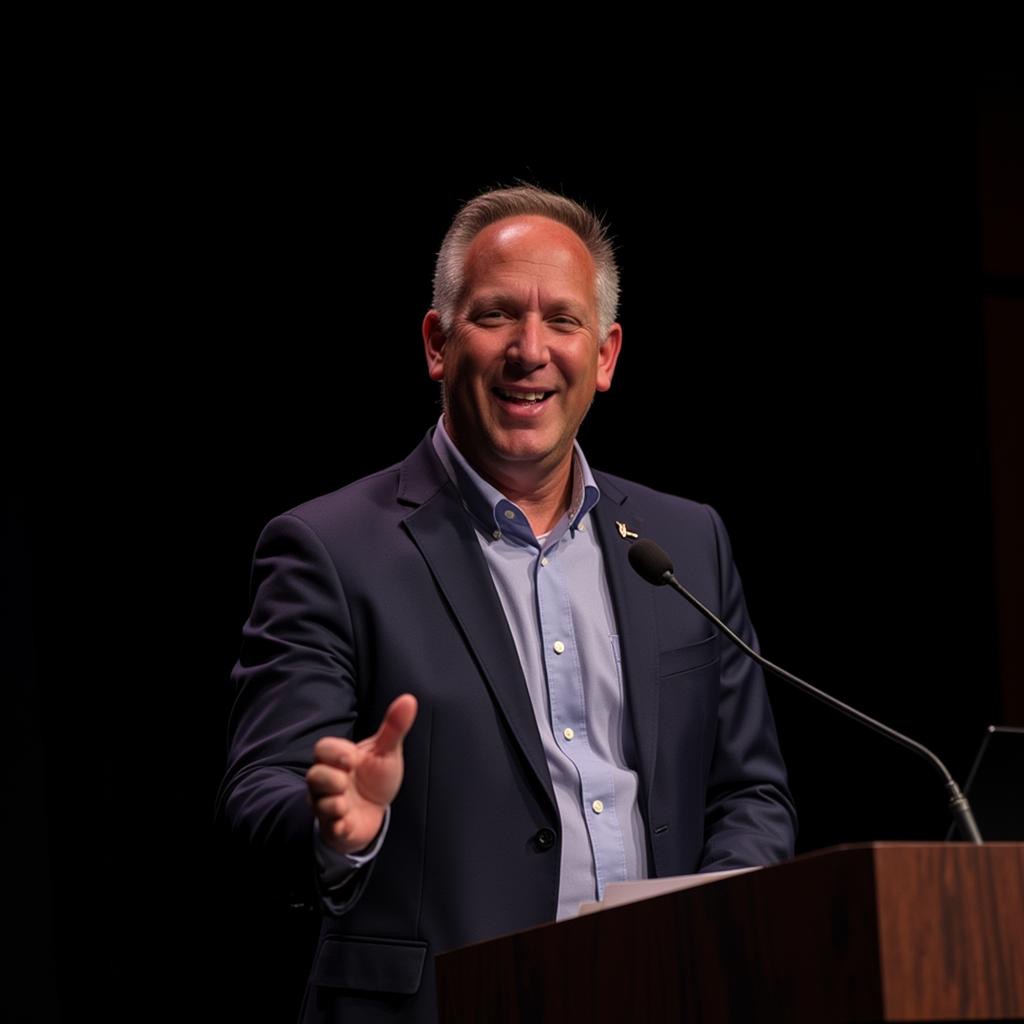Understanding the Genesis of ChatGPT
Origins of ChatGPT
The genesis of ChatGPT can be traced back to the development of OpenAI’s GPT series of models. Starting with GPT-2, which garnered significant attention for its capabilities in natural language generation, the foundation was laid for further advancements in conversational AI.
Rise of Conversational AI
As the demand for chatbots and virtual assistants increased, there arose a need for more sophisticated conversational models. ChatGPT was conceived as a solution to bridge the gap between text-based interactions and human-like conversations.
Technological Innovations
Key technological innovations, such as fine-tuning techniques, increased model size, and enhanced training data, played a vital role in shaping the evolution of ChatGPT. These advancements pushed the boundaries of what AI-driven conversations could achieve.
Enhancements in ChatGPT Architecture
Architectural Improvements
One significant enhancement in the ChatGPT architecture is the incorporation of multi-layer transformer models. By utilizing multiple layers of transformer networks, ChatGPT is able to capture more complex patterns and dependencies in conversational data. This results in improved coherence and context retention during interactions.
Efficient Contextual Memory
Another key improvement lies in the implementation of a more efficient contextual memory mechanism. This enhancement allows ChatGPT to remember and recall relevant information from previous parts of the conversation more effectively, leading to smoother and more coherent dialogues with users.
Dynamic Attention Mechanism
Among the innovations in the ChatGPT architecture is the introduction of a dynamic attention mechanism. This mechanism enables the model to adaptively adjust the focus of attention based on the context of the conversation, enhancing its ability to respond appropriately to varying user inputs and conversational nuances.
Applications and Impact of ChatGPT
Practical Implementations
ChatGPT has found numerous applications in various industries such as customer service, education, healthcare, and entertainment. Companies use ChatGPT to automate customer support services, saving time and resources. In education, ChatGPT assists students with homework and provides personalized learning experiences. Additionally, in healthcare, ChatGPT aids in answering basic medical queries, improving access to healthcare information.
Social Impact
The widespread use of ChatGPT has brought both positive and negative social impacts. On the positive side, ChatGPT has improved communication between businesses and customers, leading to better customer satisfaction. It has also facilitated access to information and services for individuals who may not have had easy access otherwise. However, concerns around privacy and data security have been raised due to the potential misuse of conversational AI for spreading misinformation or manipulating users.
Economic Influence
The adoption of ChatGPT has had a significant economic influence by increasing efficiency and productivity for businesses. With ChatGPT handling routine inquiries, employees can focus on more complex tasks, driving innovation and growth. Moreover, the chatbot market has seen substantial growth, creating new job opportunities in AI development and maintenance. However, there are also concerns about potential job displacement as automation continues to advance.
Challenges and Future Development
Obstacles Encountered
Throughout the development process of ChatGPT, several challenges emerged. One of the primary obstacles was ensuring the model’s responses stayed relevant and coherent, especially as conversations progressed. This required implementing advanced algorithms to maintain context and logical flow within dialogues.
Potential Enhancements
As the technology behind ChatGPT continues to evolve, there are numerous opportunities for enhancement. Future iterations may focus on improving response generation speed and accuracy, increasing the model’s understanding of complex nuances such as sarcasm and humor, and enabling it to engage in more sophisticated interactions with users.
Continual Innovation
The journey of ChatGPT’s evolution is far from over. Further development will likely involve integrating new features such as multi-language support, enhanced personalization capabilities, and improved adaptability to diverse user preferences and conversational styles. Innovation remains a central focus as ChatGPT strives to enhance user experiences and push the boundaries of conversational AI technology.
Unlocking the Potential: ChatGPT in Everyday Scenarios
Implementing ChatGPT in Customer Support Services
One common application of ChatGPT in everyday scenarios is within customer support services. Companies can deploy ChatGPT to handle basic customer inquiries round-the-clock, providing users with quick responses and solutions.
Enhancing Virtual Assistance with ChatGPT
Integrating ChatGPT into virtual assistant tools allows users to have more engaging and natural conversations with their devices. This can streamline tasks, answer queries, and offer personalized recommendations based on user preferences.
Utilizing ChatGPT for Personalized Recommendations
ChatGPT can analyze user interactions and preferences to provide tailored recommendations in areas such as shopping, content consumption, and more. By leveraging AI capabilities, businesses can offer customers a more personalized and engaging experience.







